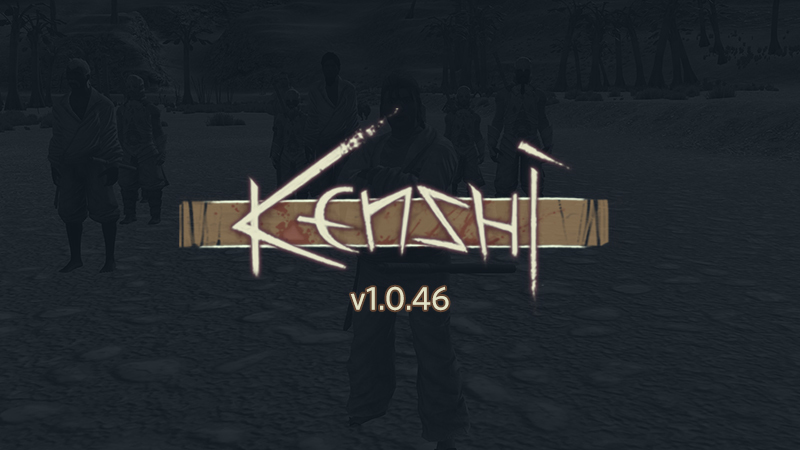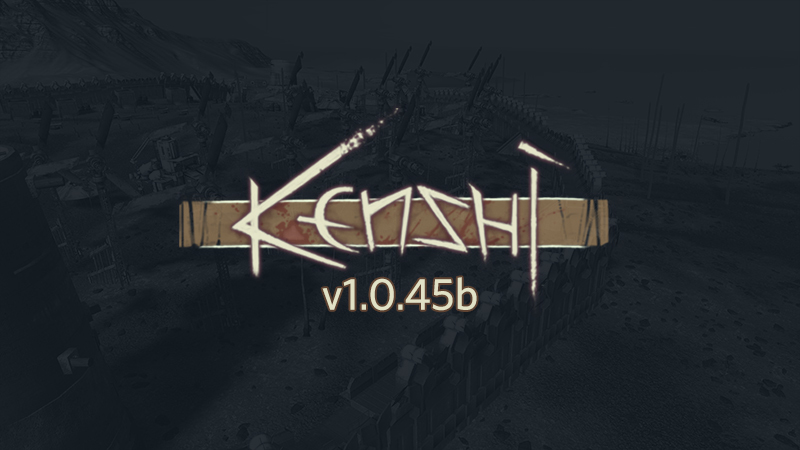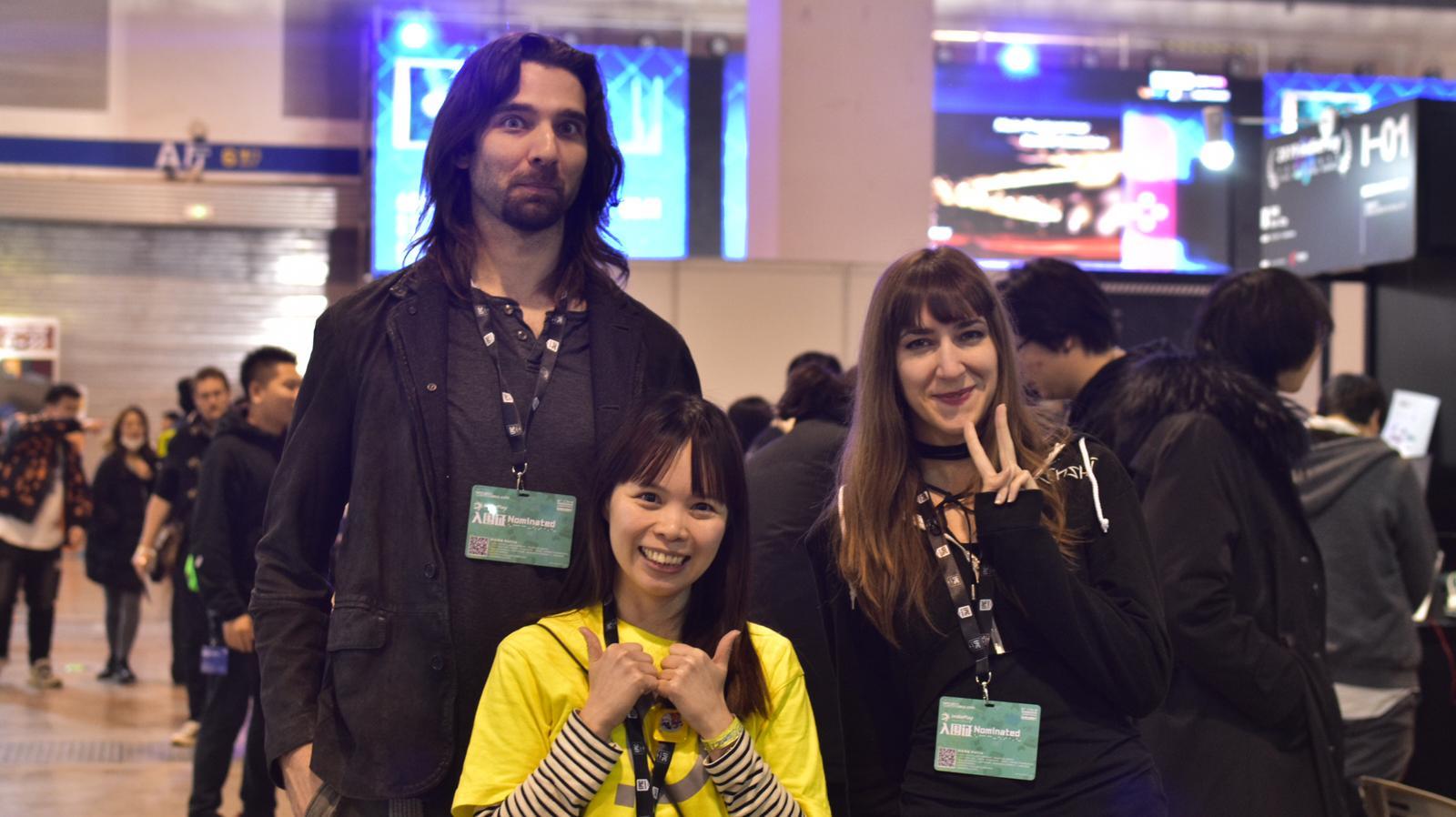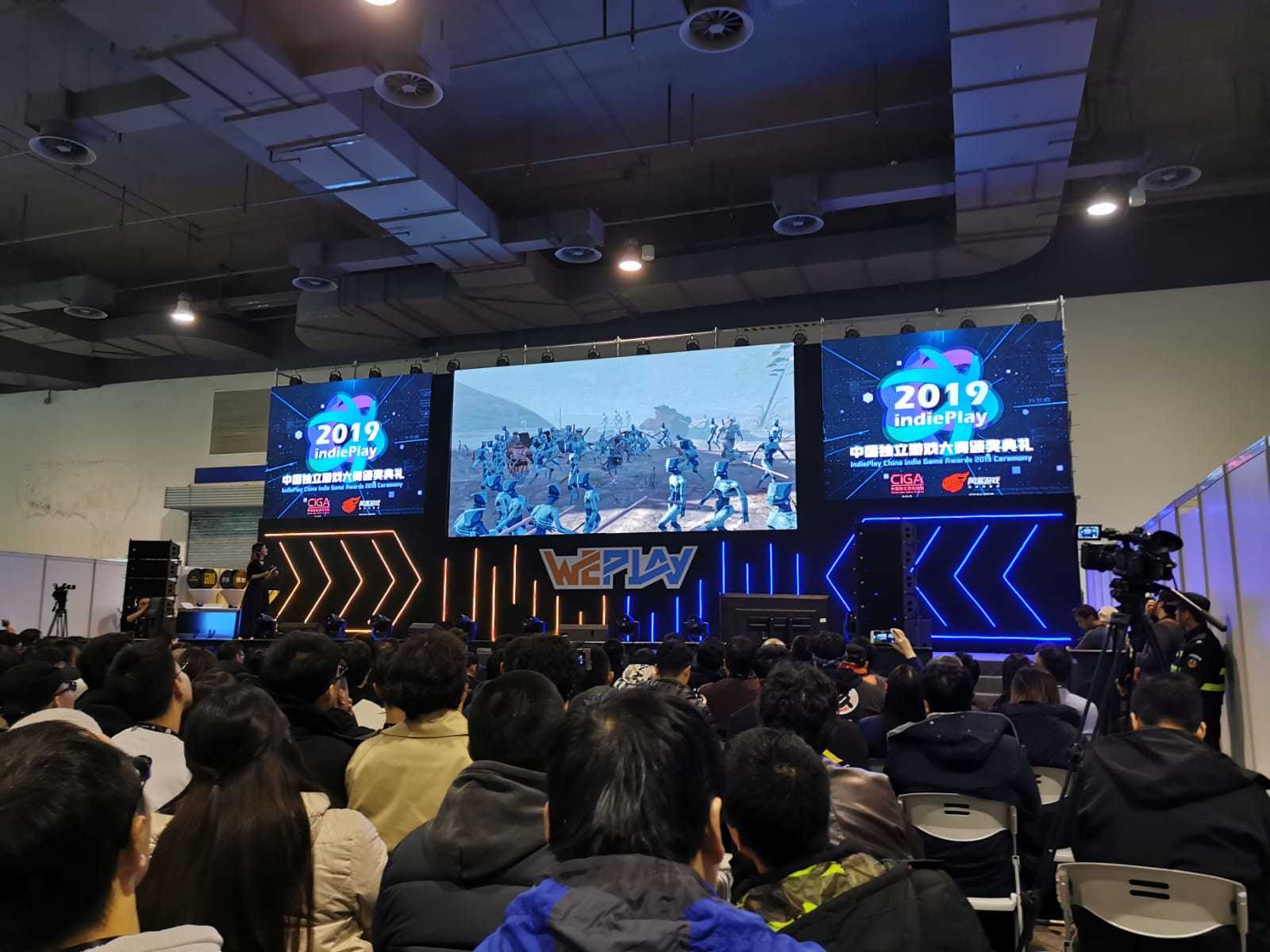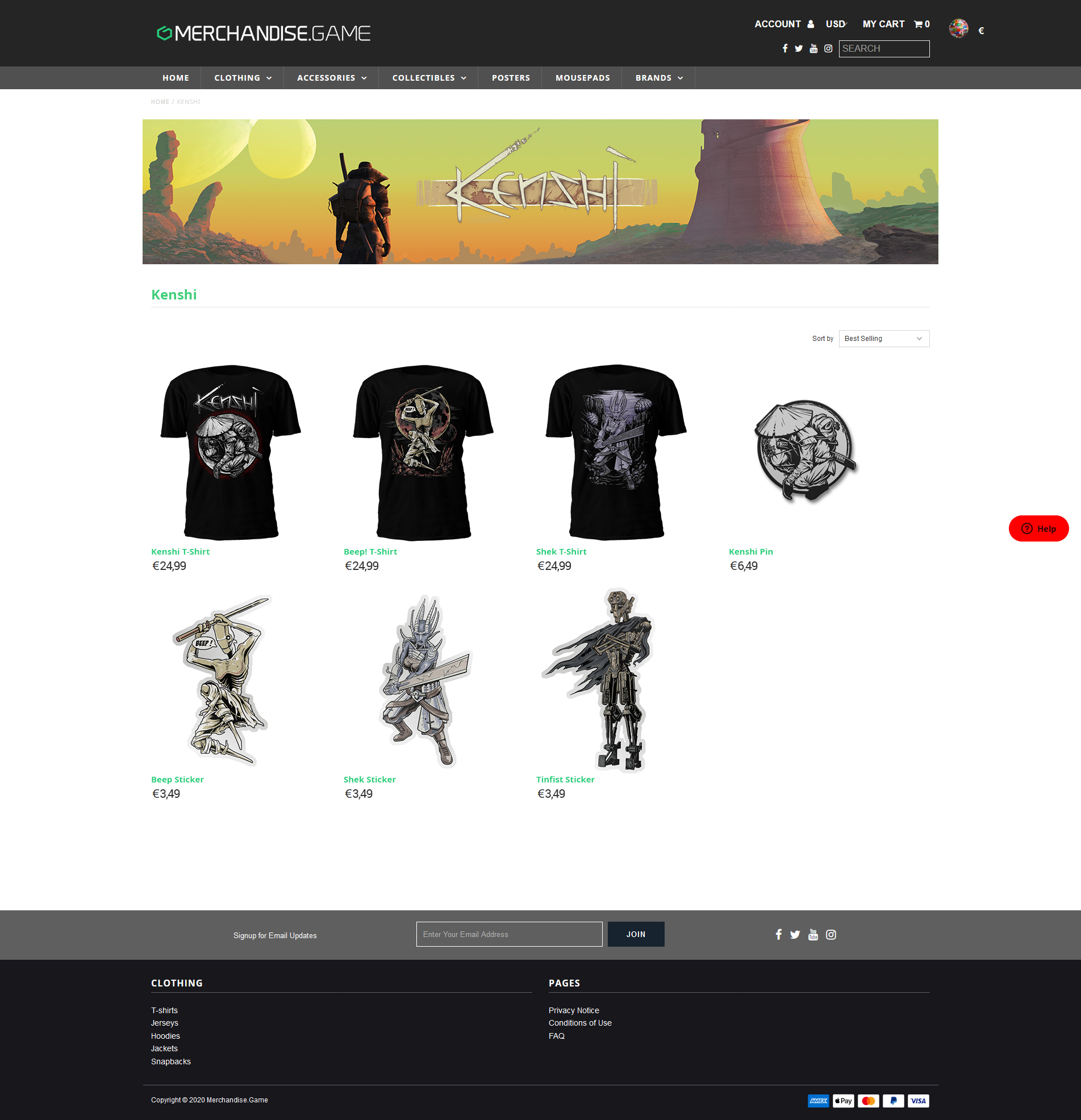
May 28, 2020
Kenshi - Caliburn
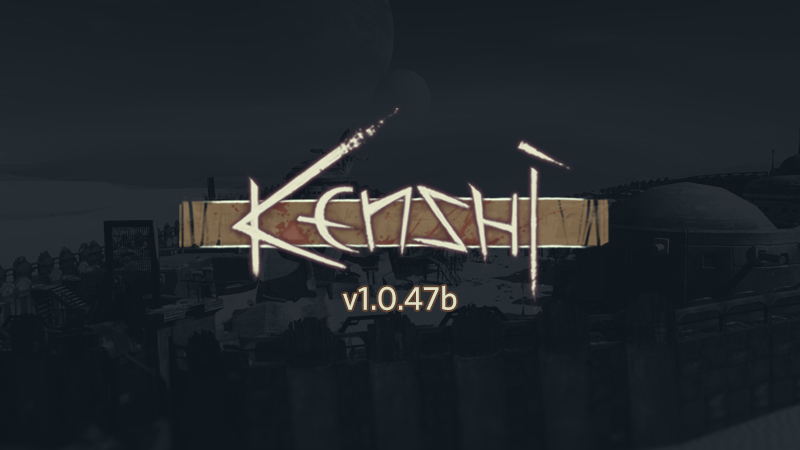
Update 1.0.47b is out now! This deploys a significant update to the Korean translation. We'll be continuing to monitor the quality over the next few weeks so please include feedback below.
1.0.47b
- Korean Language update





